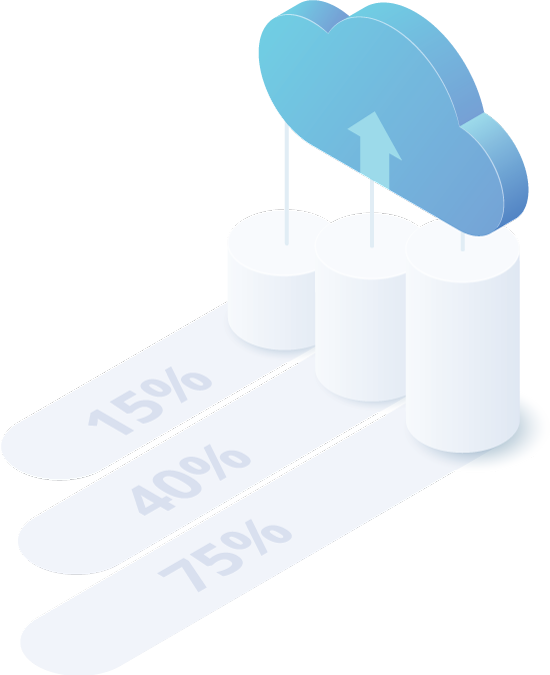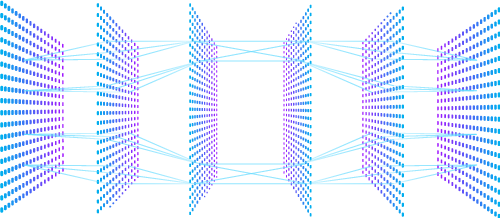Data Relevance
The training data used for an AI art generator should be relevant to the type of art that is being generated. This means that the data should include images that are similar in subject, style, or theme to the kind of art that the AI generator is expected to produce. For example, if the AI generator is being trained to create portraits of people, the training data should include a large number of images of people’s faces, ideally from different angles, lighting conditions, and ethnicities.




Data Diversity
A diverse set of training data is crucial for enabling the AI generator to produce varied and interesting art. The data should include a range of styles, genres, and themes. For example, if the AI generator is being trained to produce abstract art, the training data should include images of different types of abstract art, such as paintings, sculptures, or installations.
Data Quantity
The amount of training data used can impact the quality and diversity of the generated art. Generally, the more data the better, but there can be diminishing returns if the data is low quality or not diverse enough. The size of the training data set should be chosen based on the complexity of the AI model and the diversity and quality of the data.




Data Quality
The quality of the training data is also important. The images should be high-resolution, clear, and free of artifacts or noise. Low-quality data can lead to blurry or distorted generated art. Moreover, the quality of the training data can also affect the performance of the AI model, so it’s important to ensure that the data is high-quality before training the model.
Data Labels
In some cases, labeled data can be useful for training an AI art generator. Labels can provide additional information about the images, such as the artist, the style, or the genre. This information can help the AI model learn to generate art that is similar to a specific style or artist. For example, an AI model trained on labeled data of Vincent van Gogh’s paintings may generate art that looks similar to his style. However, it’s important to note that labeled data can be difficult and expensive to obtain, and it may not always be necessary for training an AI art generator.


Summary
In summary, the quality, diversity, quantity, relevance, and labeling of the training data are all important factors to consider when training an AI art generator. By choosing the right training data and optimizing these factors, developers can improve the performance and quality of the generated art.



